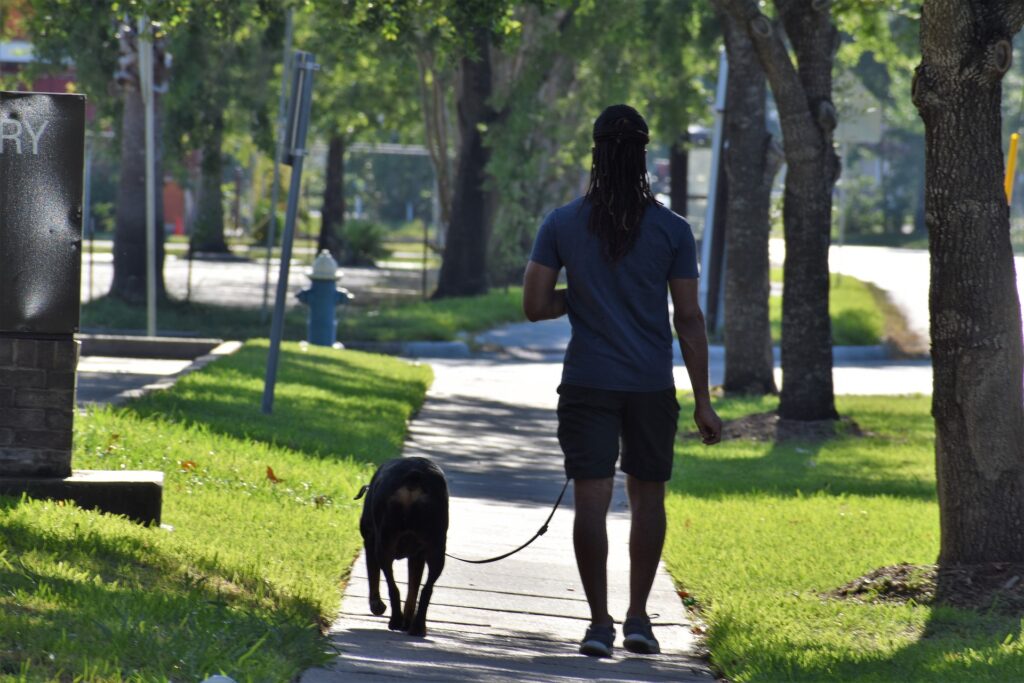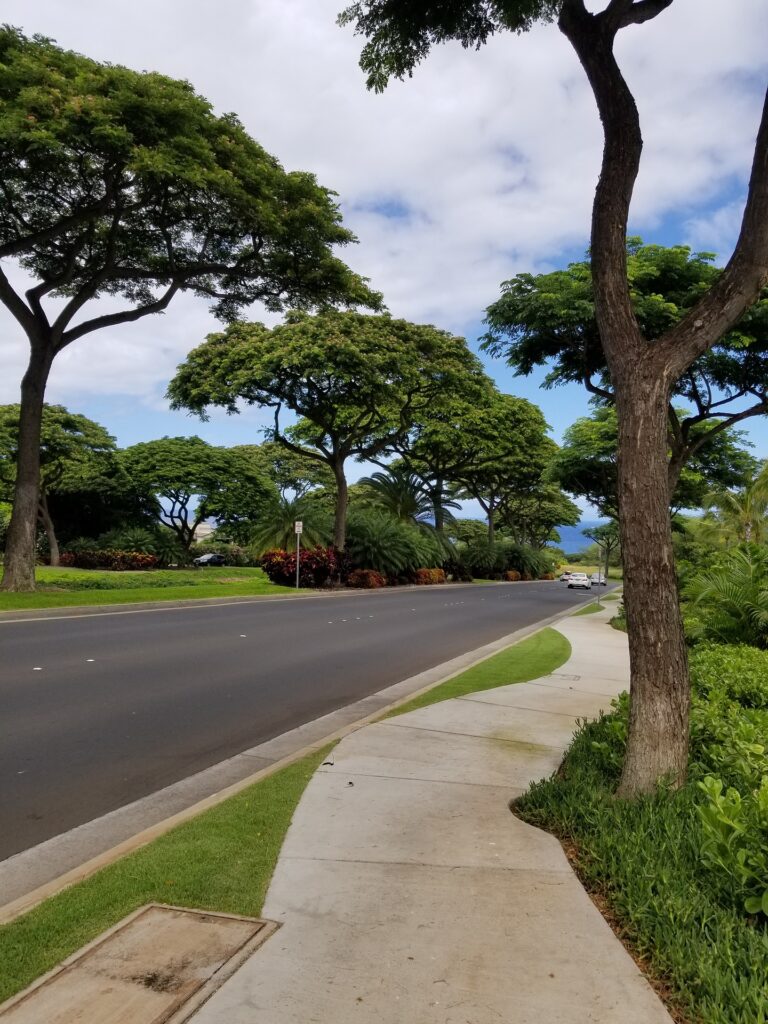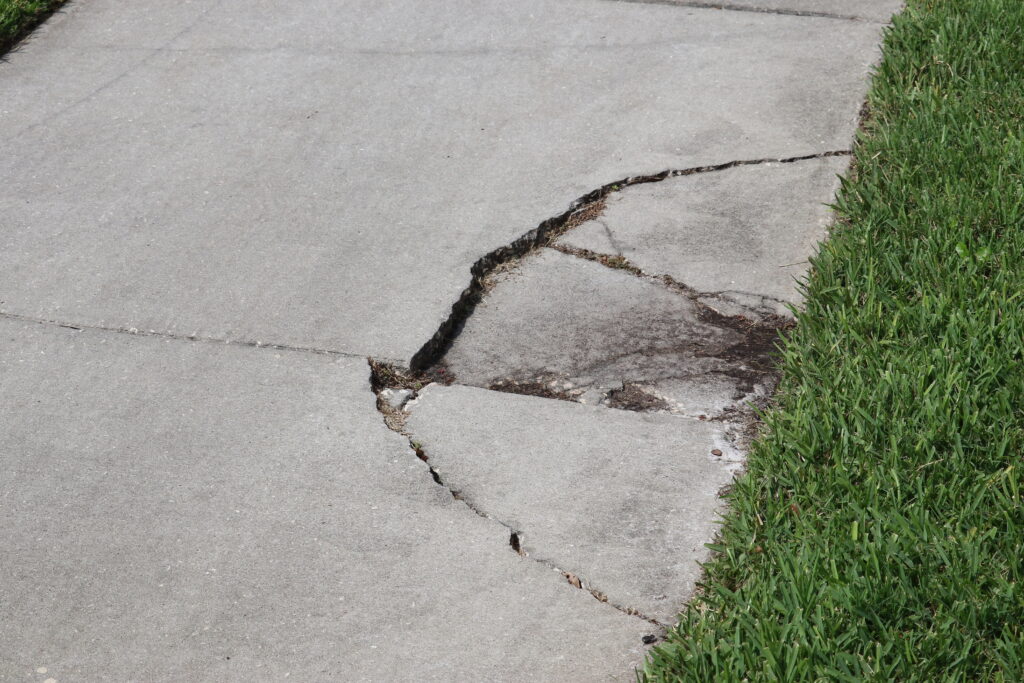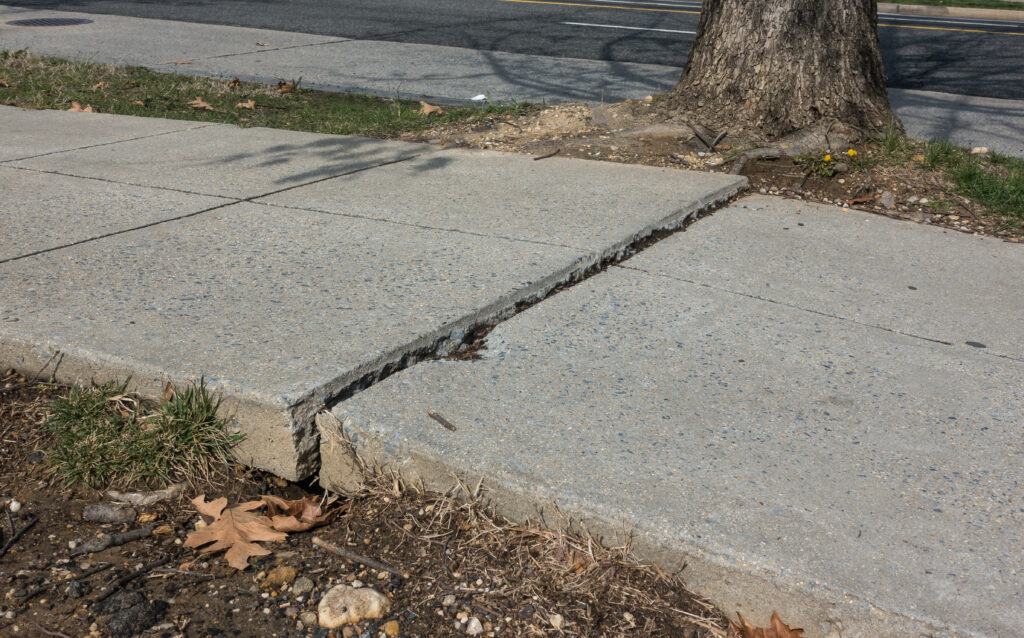By Mike Marinan, Director of Member Services – Public Risk Underwriters of Florida, Inc.
Most public entities have sidewalks. They are an integral part of any community, they add value and enhance your community. Here are 4 obvious benefits to having sidewalks:
1. Improve the Health of Residents
Chronic disease rates among Americans have unfortunately been on the rise. The hustle and bustle of making a living in today’s world can prove to be stressful. Sidewalks provide people with the opportunity to increase their distance walked every day as a smart, efficient and proven method of improving health and reducing stress.
2. Improve Pedestrian Safety
The best-designed sidewalks make sure that pedestrians are safe from traffic or any other dangers at all times of the day. A lot of road traffic and pedestrian accidents happen when people are crossing or walking along roads and streets.
A well-lit sidewalk is a sign that pedestrian safety is a priority in its design and maintenance. The prevalence of limited vision during nighttime exposes pedestrians to a lot of potential dangers.


3. Increase Property Value
Sidewalks play a big role in increasing property values. This is especially true when they give people access to the community while observing the privacy of their homes. Sidewalks are a public amenity like good schools and hospitals, that help residential homes command a higher buying price.
4. Improve Quality of Life
Sidewalks have the potential to significantly improve the quality of life within a community. By providing safe environments for people to socialize, they can give a community a customized identity.
Sidewalks are a great benefit for a community but they can also pose serious problems. When we review claims for Preferred members, we often see serious claims related to sidewalks. Some involve bicycles or automobiles but by far the most are trip and falls.
In the last four years Preferred members have had more than 1,300 claims related to sidewalks with an incurred cost of over $11,000,000. Some larger cities and counties can have hundreds of miles of sidewalks that they are responsible for. The oversight can be overwhelming but really important because the exposure is enormous.
Construction and design of the sidewalk is important and there are numerous agencies that get involved with the regulations including the Federal Highway Administration and Department of Transportation. There are also ADA requirements and local ordinances.
Once all that is done then it becomes a function of the maintenance and that is where the issues lie.
According to the DOT the following are the most common Sidewalk maintenance problems:
- Step separation – A vertical displacement or change in level of 6.35 mm (0.25 in) or greater at any point on the walkway that could cause pedestrians to trip or prevent the wheels of a wheelchair or stroller from rolling smoothly.
- Badly cracked concrete – Holes and rough spots ranging from hairline cracks to indentations wider than 13 mm (0.5 in).
- Spalled areas – Fragments of concrete or other building material detached from larger structures.
- Settled areas that trap water – Sidewalk segments with depressions, reverse cross slopes, or other indentations that make the sidewalk path lower than the curb. These depressions trap silt and water on the sidewalk and reduce the slip resistant nature of the surface.


- Tree root damage – Roots from trees growing in adjacent landscaping that cause the walkway surface to buckle and crack.
- Vegetation overgrowth – Ground cover, trees, or shrubs on properties or setbacks adjacent to the path that have not been pruned can encroach onto the path and create obstacles.
- Obstacles – Objects located on the sidewalk, in setbacks, or on properties adjacent to the sidewalk that obstruct the passage space. Obstacles commonly include trash receptacles, utility poles, newspaper vending machines, and mailboxes.
- General Safety – Any safety issue that a pedestrian or sidewalk inspector believes should merit attention.
- Blocked drainage inlets and inadequate flow planning.
- Temporary construction interruptions; and
- Inadequate patching after utility installation.
How do we stay in front of the maintenance? A systematic review of the sidewalks is the only way to consistently be able to determine if there is a problem. The most efficient method may be to set up the county, city or area to assess into grids or quadrants and then further break it down in to High Traffic Areas and Standard Traffic areas. Once you have that determined you can set up a time frame to review, 12-18 month intervals for High Traffic Areas and a longer duration for Standard Traffic Areas.
When the issues are identified it is very important to repair the area as soon as possible. The function usually involves Public Works but engaging residents, shopkeepers and employees who travel regularly like police and code enforcement would help. In order to report and eliminate unsafe conditions in their community, several members have worked with Preferred Loss Control to develop effective sidewalk maintenance programs. To learn more please do not hesitate to contact your Preferred Loss Control Consultant.

Mike Marinan, Director of Member Services, Public Risk Underwriters of Florida, Inc. – Mike has a degree in Industrial Safety Engineering and over 37 years experience in the Safety and Risk Management field. He has been employed by Public Risk Underwriters of Florida, Inc. for 19 years. He holds an RMPE designation, holds a General Lines 220 and 218 licenses, is an active member of Central Florida PRIMA, as well as an active member of ASSP and numerous related Safety and Health organizations. He was a Governor appointee to the Task Force on Workplace Safety.
